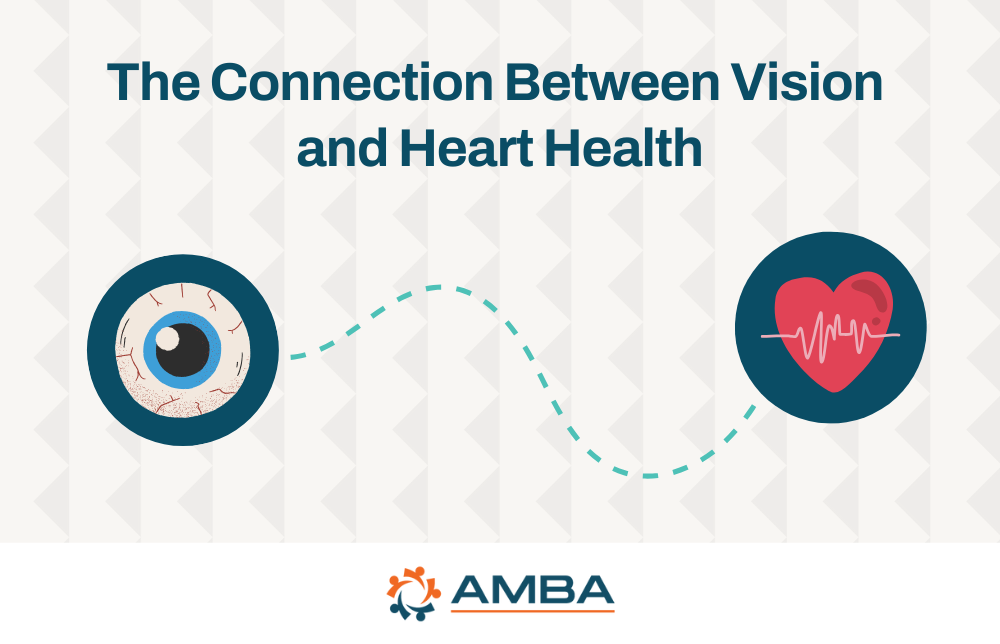
5 Issues for Aging Eyes & What You Can Do About Them
January 3, 2022
Our eyes undergo significant changes as we get older. Aging eyes can spur weakness for vision. Recognizing and diagnosing symptoms early can keep our eyes healthy. While some issues can only be detected with an eye exam, there are many conditions that present symptoms that you can recognize and, with your eye doctor, work to treat.
Issues for the Aging Eyes and What They Can Mean
- Cloudy Vision
Developing cataracts is common in older people. Almost 20% of adults over the age of 65 have experienced a cataract. This eye condition becomes apparent when darkening and clouding occur over the eye lens, subsequently obstructing vision.
Cataracts typically form gradually. When cataracts grow large and thick and block vision, the affected senior requires surgery to have them removed. A common surgical procedure removes the clouded lens and replaces it with a custom intraocular lens, restoring normal sight to a healthy eye.
- Sudden Eye Pain
People who have diabetes, high levels of near-sightedness (myopia), or a family history of glaucoma are at a high risk for developing the condition. While the most common form of glaucoma does not show symptoms other than vision loss, a rare type, called acute angle-closure glaucoma, does have symptoms, including eye pain, nausea, redness, and severe headaches. Acute angle-closure glaucoma is considered a medical emergency and should be treated ASAP.
Glaucoma is a serious condition because it can severely damage the eye’s optic nerve. People in the high-risk groups for glaucoma should undergo a dilated eye exam every two years for any signs of damage.
- Seeing Floaters
A separation of the inner and outer layers of the retina signifies retinal detachment. Symptoms that accompany retinal detachment include seeing spots or light flashes, dark shadows in the field of vision and experiencing distorted, underwater-like vision. Surgery is required to correct retinal detachment and restore vision.
- Tenderness at the Temples
Temporal arteritis may be the underlying issue when severe headaches, pain with chewing and tenderness along the temples occur. Bodily symptoms may include scalp tenderness, chronic fever and shoulder or hip weakness. These symptoms may be followed by permanent vision loss.
- Vision Loss
Noticing symptoms like blurry distance or reading vision? If you require brighter lights to see nearby objects, have difficulty recognizing people’s faces, and see blurry and/or spots in your central field of vision, this could relate to age-related macular degeneration, a condition that destroys parts of the eye’s retina.
How To Protect Your Eyes
Annual eye doctor check-ups are important because it gives you the chance to discuss with your ophthalmologist any changes of vision you’re experiencing and for them to examine your eyes and detect things you may not be able to. Eye conditions that are caught in the early stages can often be effectively treated. ARSEA has a Vision Plan that covers everything from checkups to new eyewear and prescription lenses and more. Sign up now.
RECENT POSTS

The Top Scams to Watch Out for in 2025
In our increasingly digital world, the top scams continue to evolve, with fraudsters developing new and sophisticated ways to
Read More

There’s More Connection Between Your Vision and Heart Health Than Meets the Eye
We all remember the song “Dem Bones,” with lyrics like “The hip bone's connected to the backbone.”
Read More

Fall in Love with a World of Savings This Valentine’s with AMBA Passport
Here’s some fun trivia about Valentine’s Day: it’s believed that Geoffrey Chaucer invented
Read More

How Often Should Older Adults Go to the Dentist?
The eyes may be the gateway to your soul, but oral health is a window into overall health. When it comes to your teeth and
Read More

